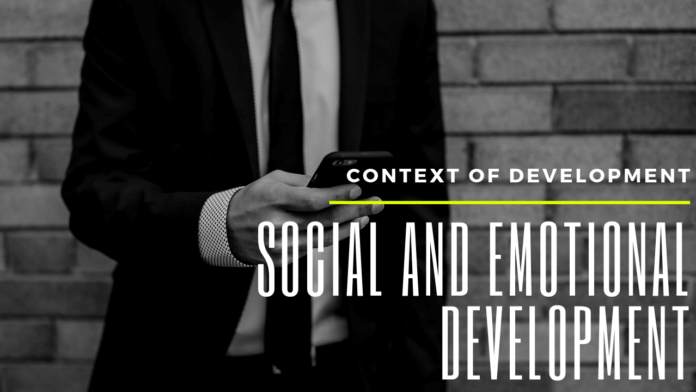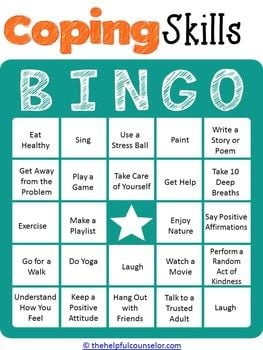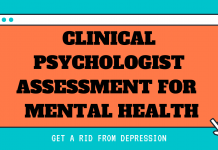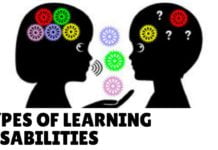SOCIAL AND EMOTIONAL DEVELOPMENT IN EARLY CHILDHOOD: If you are a Psychology Student And Looking For topics on What is meant by social and emotional development? What is the social and emotional development of a child?
How do you develop social and emotional development? The context of development, social development in infancy Etc are Available Here in This Article below, keep reading;- So let’s start with the First Step.
Table of Contents
SOCIAL AND EMOTIONAL DEVELOPMENT IN EARLY CHILDHOOD 2021 :
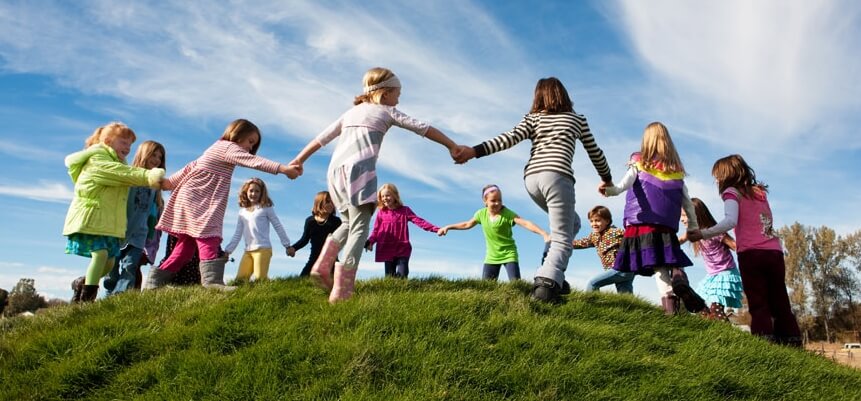
WHAT IS MEANT BY SOCIAL AND EMOTIONAL DEVELOPMENT IN EARLY CHILDHOOD?
Social-emotional development represents a specific domain of child development. It is a gradual, integrative process through which children acquire the capacity to understand, experience, express, and manage emotions and to develop meaningful relationships with others.
As such, social-emotional development encompasses a large range of skills and constructs, including, but not limited to self-awareness, joint attention, play, the theory of mind (or understanding others’ perspectives), self-esteem, emotion regulation, friendships, and identity development.
WHY IS SOCIAL AND EMOTIONAL DEVELOPMENT IMPORTANT IN EARLY CHILDHOOD?

Social-emotional development sets a foundation for children to engage in other developmental tasks. For example, in order to complete a difficult school assignment, a child may need the ability to manage their sense of frustration and seek out help from a peer.
To maintain a romantic relationship after a fight, a teen may need to be able to articulate their feelings and take the perspective of their partner to successfully resolve the conflict. However, it is also interrelated with and dependent on other developmental domains. For example, language delays or deficits have been associated with social-emotional disturbances.
WHAT ARE THE FACTORS AFFECTING SOCIAL DEVELOPMENT?
Many mental health disorders, including major depressive disorder, anxiety disorders, borderline personality disorder, substance use disorders, and eating disorders, can be conceptualized through the lens of social-emotional development,
most prominently emotion regulation. Many of the core symptoms of autism spectrum disorder reflect abnormalities in social-emotional developmental areas, including joint attention and theory of mind.
1.CONTEMPORARY THEORY FOR SOCIAL AND EMOTIONAL DEVELOPMENT IN EARLY CHILDHOOD
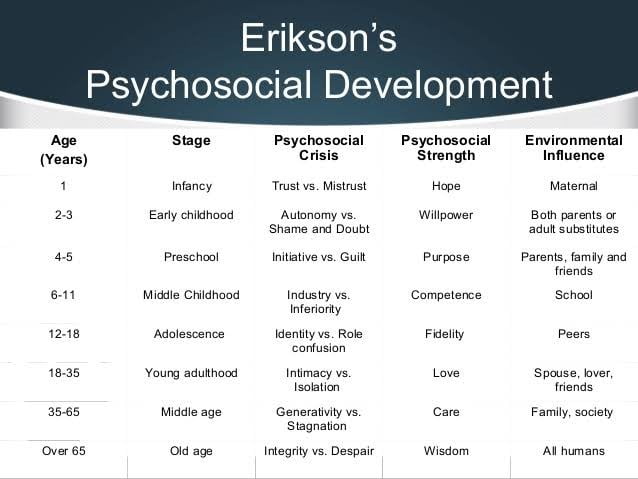
2.ERICKSON’S LIFESPAN DEVELOPMENT THEORY
CONTEMPORARY PERSPECTIVES ON SOCIOEMOTIONAL DEVELOPMENT: Eight Stages of Human Development In Erikson’s (1968) theory, eight stages of development unfold as people go through the human life span. Each stage consists of a developmental task that confronts individuals with a crisis.
For Erikson, each crisis is not catastrophic but rather a turning point of increased vulnerability and enhanced potential. The more successfully an individual resolves each crisis, the more psychologically healthy the individual will be. Each stage has both positive and negative sides.
Erikson’s theory has made important contributions to understanding socioemotional development, although some critics say the stages are too rigid and that their sequencing lacks research support.
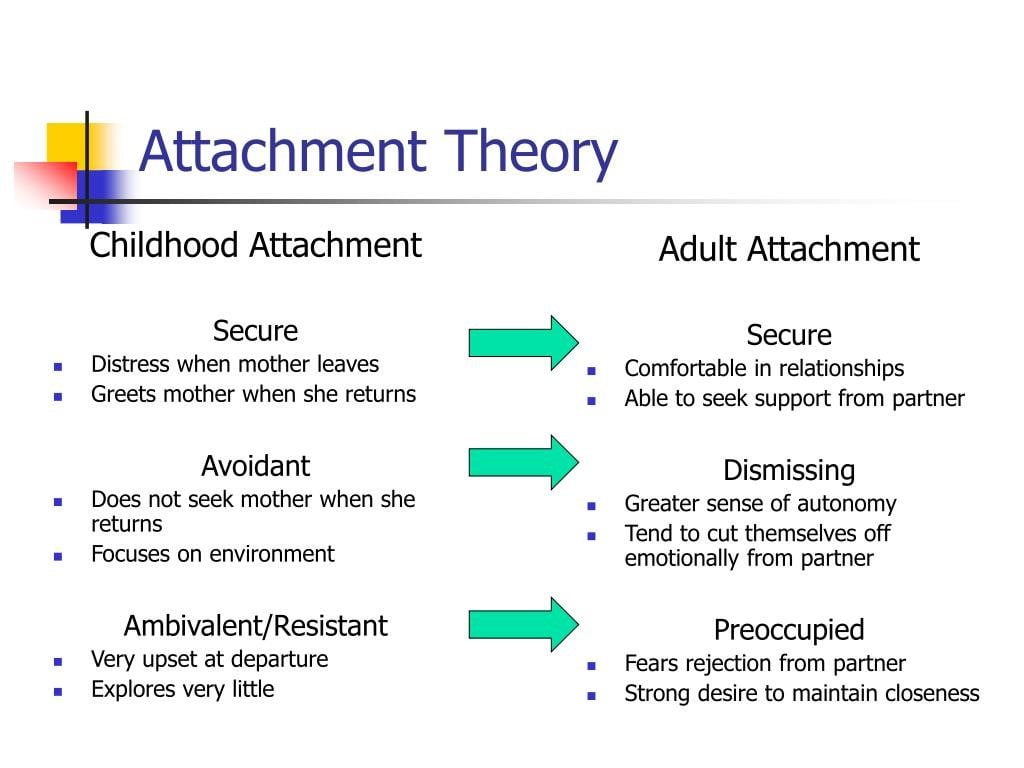
EFFECT OF FAMILY ON SOCIAL AND EMOTIONAL DEVELOPMENT IN EARLY CHILDHOOD

HOW THE SOCIAL CONTEXTS OF FAMILIES: Baumrind proposed four parenting styles: authoritarian, authoritative, neglectful, and indulgent. Authoritative parenting is associated with children’s social competence and is likely to be the most effective. Children benefit when parents engage in co-parenting.
The nature of parents’ work can affect their parenting quality. A number of factors are linked to children’s adjustment in divorced families. An important aspect of school-family linkages focuses on parental involvement.
Fostering school-family partnerships involves providing assistance to families, communicating effectively with families about school programs and student progress, encouraging parents to be volunteers, involving families with their children in learning activities at home, including families in school decisions, and coordinating community collaboration.
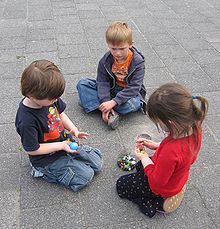
HOW THE SOCIAL CONTEXTS OF PEERS: are children of about the same age or maturity level. Parents influence their children’s peer worlds in a number of ways. Peer relations are linked to children’s competent socio-emotional development. Children can have one of five peer statuses: popular, average, rejected, neglected, or controversial.
Rejected children often have more serious adjustment problems than do neglected children. Friendship is an important aspect of students’ social relations. Students who have friends engage in more prosocial behavior, have higher grades, and are less emotionally distressed.
SOCIAL AND EMOTIONAL DEVELOPMENT IN EARLY CHILDHOOD EDUCATION (SCHOOL AND SOCIETY)

HOW THE SOCIAL CONTEXTS OF SCHOOLS: involve changing social developmental contexts from preschool through high school. The early childhood setting is a protected environment with one or two teachers, usually female. Peer groups are more important in elementary school.
In middle school, the social field enlarges to include the whole school, and the social system becomes more complex. Controversy characterizes early childhood education curricula.
On one side are the advocates of the developmentally appropriate, child-centered, constructivist approach; on the other are the advocates of an instructive, academic approach. An increasingly popular early childhood program is the Montessori approach.
Head Start has provided early childhood education for children from low-income families. High-quality Head Start programs are effective interventions, but up to 40 percent of these programs may be ineffective. A special concern is that many early elementary school classrooms rely mainly on negative feedback.
The transition to middle or junior high is stressful for many students because it coincides with so many physical, cognitive, and socioemotional changes. It involves going from the top-dog position to the lowest position in a school hierarchy. A number of recommendations for improving U.S. middle schools have been made.
An increasing number of educational experts also believe that substantial changes need to be made in U.S. high school education. Participation in extracurricular activities has a number of positive outcomes for adolescents.
WHAT ARE 5 WAYS TO IMPROVE SELF ESTEEM?
SOCIOEMOTIONAL DEVELOPMENT: Aspects of children’s socioemotional development: self-esteem, identity, moral development, and coping with stress.

Self-esteem, also referred to as self-worth or self-image, is the individual’s overall conception of himself or herself. Self-esteem often varies across domains and becomes more differentiated in adolescence.
Here are the 5 keys to increasing students’ self-esteem are to:
- Identify the causes of low self-esteem and the domains of competence important to the student.
- Provide emotional support and social approval.
- Help students achieve.
- Develop students’ Coping skills.
- Affirm your real worth.
Marcia proposed that adolescents have one of four identity statuses (based on the extent to which they have explored or are exploring alternative paths and whether they have made a commitment): identity diffusion, identity foreclosure, identity moratorium, identity achievement. Ethnic identity is an important dimension of identity for ethnic minority students.
THE IMPORTANCE OF SOCIAL-EMOTIONAL DEVELOPMENT IN EARLY CHILDHOOD MILESTONES
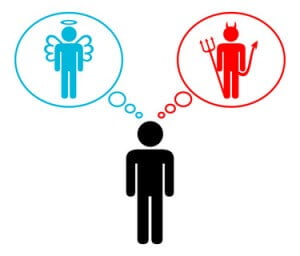
Kohlberg’s Stages of Moral Development concerns rules and conventions about just interactions between people. These rules can be studied in three domains: cognitive, behavioral, and emotional.
Kohlberg stressed that the key to understanding moral development is moral reasoning and that it unfolds in stages. Kohlberg developed a provocative theory of moral reasoning. He argued that the development of moral reasoning consists of three levels—pre-conventional, conventional, and post-conventional—and six stages (two at each level).
Kohlberg reasoned that these stages were age-related. Two main criticisms of Kohlberg’s theory are
- That it does not give enough attention to moral behavior,
- That it gives too much power to the individual and not enough to relationships with others.
In this regard, Gilligan argued that Kohlberg’s theory is a male-oriented justice perspective. She proposed that what is needed in moral development is a female-oriented care perspective. Academic cheating is pervasive and can occur in many ways. A long history of research indicates the power of the situation in influencing whether students cheat or not.
An important aspect of prosocial behavior is altruism, an unselfish interest in helping another person. Sharing and gratitude are two aspects of prosocial behavior. The hidden curriculum is the moral atmosphere that every school has.
Three types of moral education are character education, values clarification, and cognitive moral education. Service-learning is becoming increasingly important in schools and emotional development in infancy.
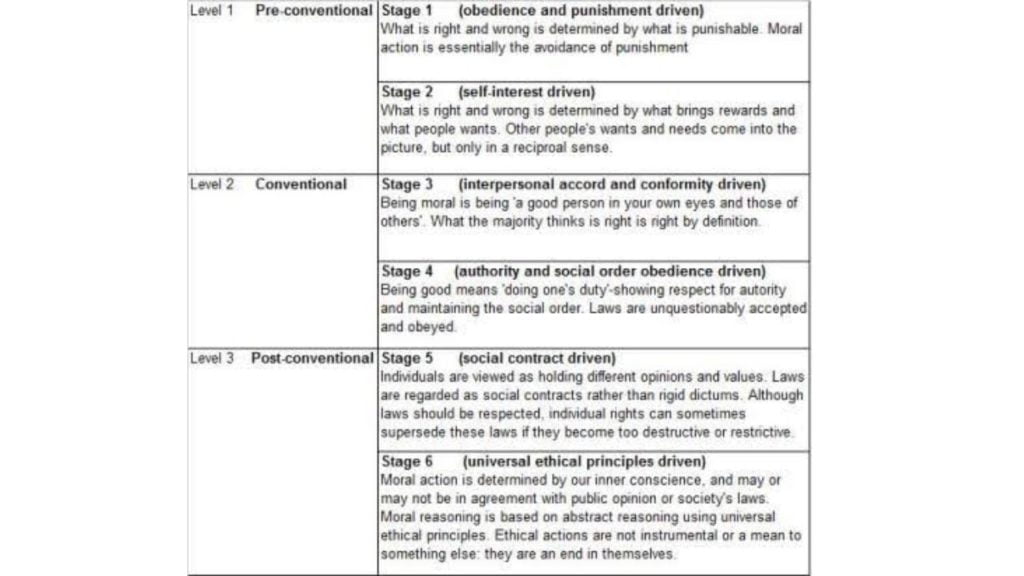
COPING STRATEGIES:
Coping with stress: As children get older, they use a greater variety of coping strategies and more cognitive strategies. Teachers can guide students in developing effective strategies for coping with stressful events, such as terrorist attacks and hurricanes, by providing reassurance, encouraging children to talk about disturbing feelings, and helping them make sense of what happened.
CONCLUSION
in 2021, Social and Emotional Development in Early Childhood Is really Necassey part that children acquire the capacity to understand, experience, express, and manage emotions and to develop meaningful relationships with others.
Keep your children Engaged in some Activities at home both physically and mentally to boost up their growth Because if your child is mentally and physically Strong, SO it can make your children happy and active for any challenge.
Related: WHAT ARE THE TOP 5 LEARNING DISABILITIES
(-ARTICLE IS WRITTEN BY AUTHOR QURAT-UL-AIN-)

